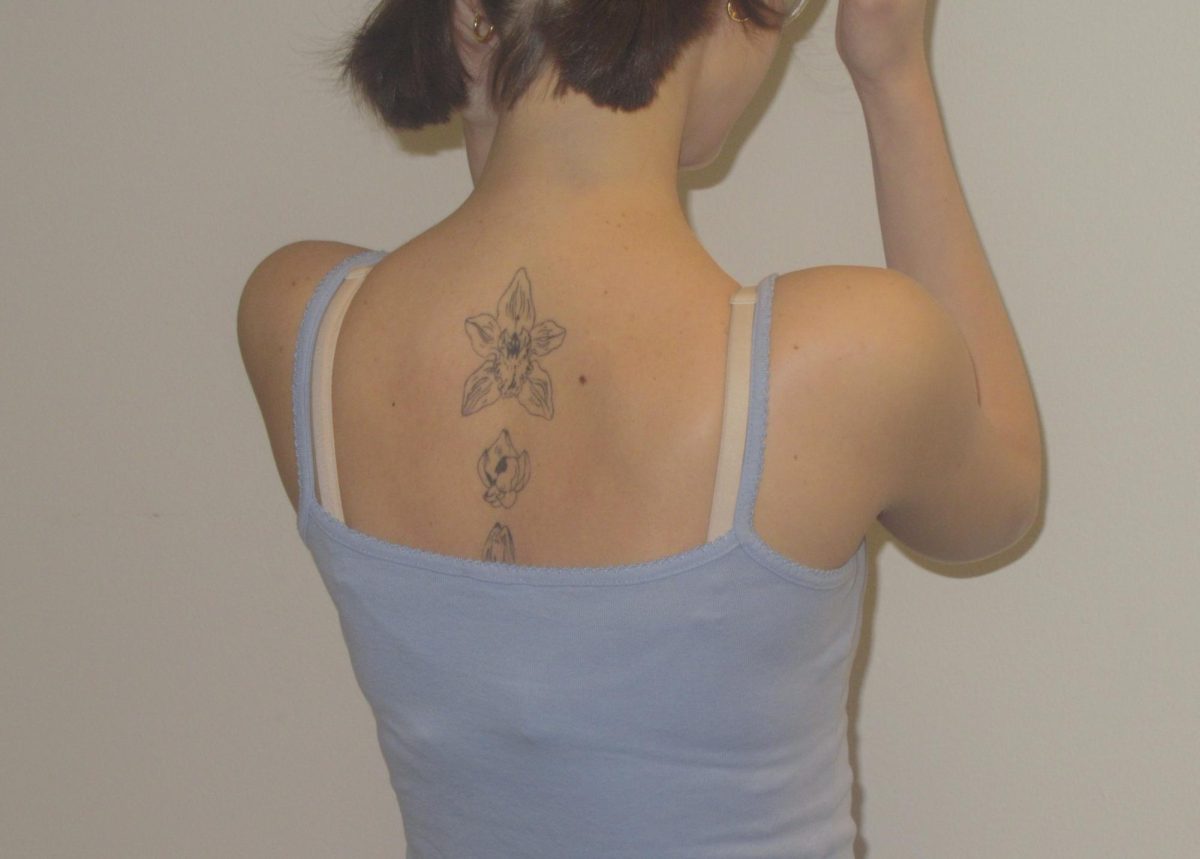It was over 50 years ago when The Beatles shared a studio for the last time, and over 40 and 20 years ago when the world lost John Lennon and George Harrison, respectively. But now, despite half of the band being no longer with us, The Beatles have officially released their newest and final song.
After discovering the band’s music by hearing it in a movie, I decided to make my way through their discography in middle school. I was easily hooked and finally understood what had made them special all those years ago. Their albums were filled to the brim with immense talent, beauty, and a hilarious tendency to throw random curveball songs like “Wild Honey Pie” alongside their all-time classics.
I have never lived during a time when all four Beatles were alive and did not get to experience the release of new songs like the Beatlemaniacs got to experience in the ’60s. So, like many fans, I was surprised to learn that The Beatles would be releasing their final single in November of 2023.
This new song, “Now and Then,” includes work from all four Beatles and not just Paul McCartney and Ringo Starr, the only living members. I was overjoyed to hear the news and instantly pre-ordered the single on seven-inch vinyl, as many Beatles fans would have at the height of Beatlemania.
While “Now and Then” was released 50 years after the Beatles broke up, it has only been 30 years since they released their last songs. In the 90s, the three surviving Beatles were able to adapt some of Lennon’s 1975 demos into complete songs, those tracks being “Free as a Bird” and “Real Love.” The original plan was to release “Now and Then” shortly after, but the demo’s poor audio made it difficult to hear his voice, so the band scrapped it.
Now, 30 years after the band’s first attempt to complete the song, it has finally been released with the help of artificial intelligence.
Shortly after the song’s announcement, I noticed that many Beatles fans in my circle were not as optimistic as I was. Many were concerned with its use of AI, assuming it was used to replicate the voices of deceased members, but that is far from the truth. In actuality, machine learning was only used to extract and clean Lennon’s voice from the original demo, fixing the audio issues that prevented the song from being released in the 90s.
While the use of AI never bothered me, I found myself feeling increasingly nervous to listen to the new single, fearing it would not meet my expectations for a Beatles song. Even after the song was released, I hesitated to listen to it for a week. I felt as though I needed to reserve time to listen to it.
Eventually, I found myself with little to do and just enough peace and quiet to finally listen to the song. I slowly placed my earbuds into my ears and took a seat. I opened YouTube Music and simply typed “The Beatles” into the search bar, where I was greeted by the melancholic cover art for “Now and Then.” For the first and last time in my life, I was about to be treated to a brand-new Beatles song.
I hit “play.”
The hoarse yet comforting voice of now 81-year-old Paul McCartney prepared me for what I was about to hear with a simple “one, two, three.” Shortly after the piano introduction, John’s crystal-clear voice sings a message of grief, with hope to renew something that was once lost; paralleling the broken friendship between McCartney and Lennon in the 70s.
As the song continued, I found myself on the brink of tears. Not because of the song itself, but because of its context and how it applies to aspects of my own life.
“Now and then/ I miss you/ Oh, now and then/ I want you to be there for me/ Always to return to me,” Lennon sings, with McCartney providing backup vocals. This line in particular perfectly depicts the times in my life when I find it difficult to let go of a connection with a person. Like Lennon, I typically find myself hopeful for reconciliation after I drift apart from someone.
After four minutes, the song ended, along with the Beatles’ journey. While the song was not the “bang” I was hoping the band would go out with, it was something significantly better: a love letter.
With McCartney as the driving force behind this project, it is very clear that the completion of Lennon’s song was of the utmost importance to him. It is for this reason that “Now and Then” is not just a love letter to the fans or the Beatles, but to John, with a message of love and longing from McCartney to his long-gone friend.
Many people may listen to this song and think of it as a sort of “Frankenstein’s Monster” of a production, consisting of bits and pieces of archival music scraped together from the past few decades. But I do not see it this way at all. For me, “Now and Then” is a duet through time, with the fascinating voice of an elderly McCartney singing alongside an eternally young Lennon.
With the song reaching number one on the U.K. charts, it is safe to say that the Beatles’ legacy will live on as their songs reach new audiences. While I never had the chance to listen to the band’s music while they were all together, “Now and Then” made me feel as if I were a part of the Beatles’ story, contributing to their continued success over half a century after they started.















































































